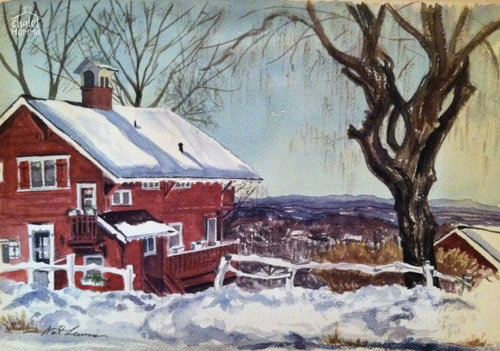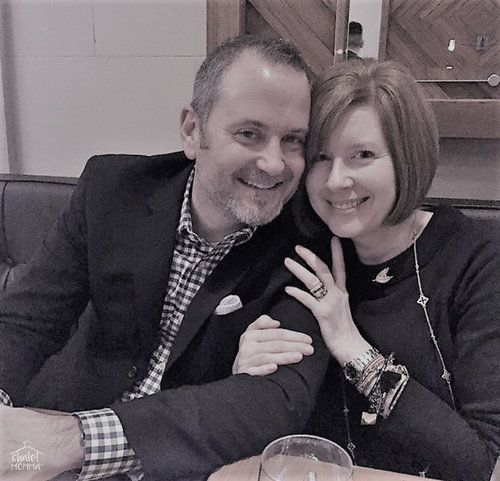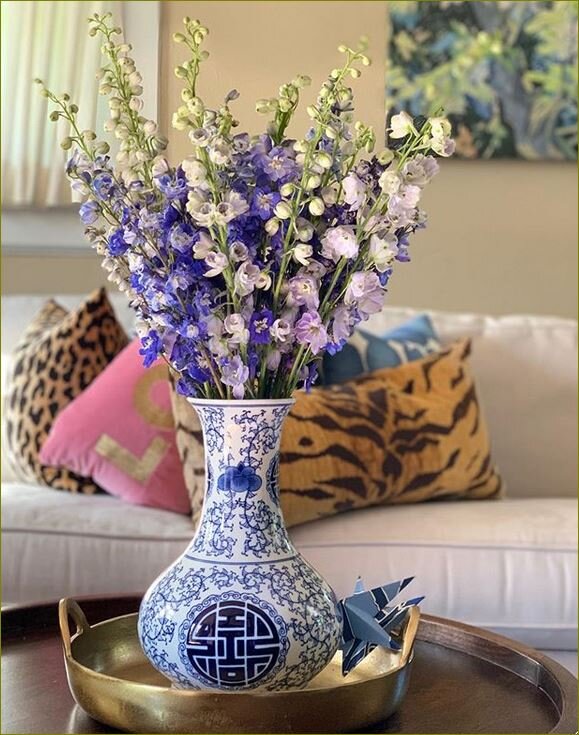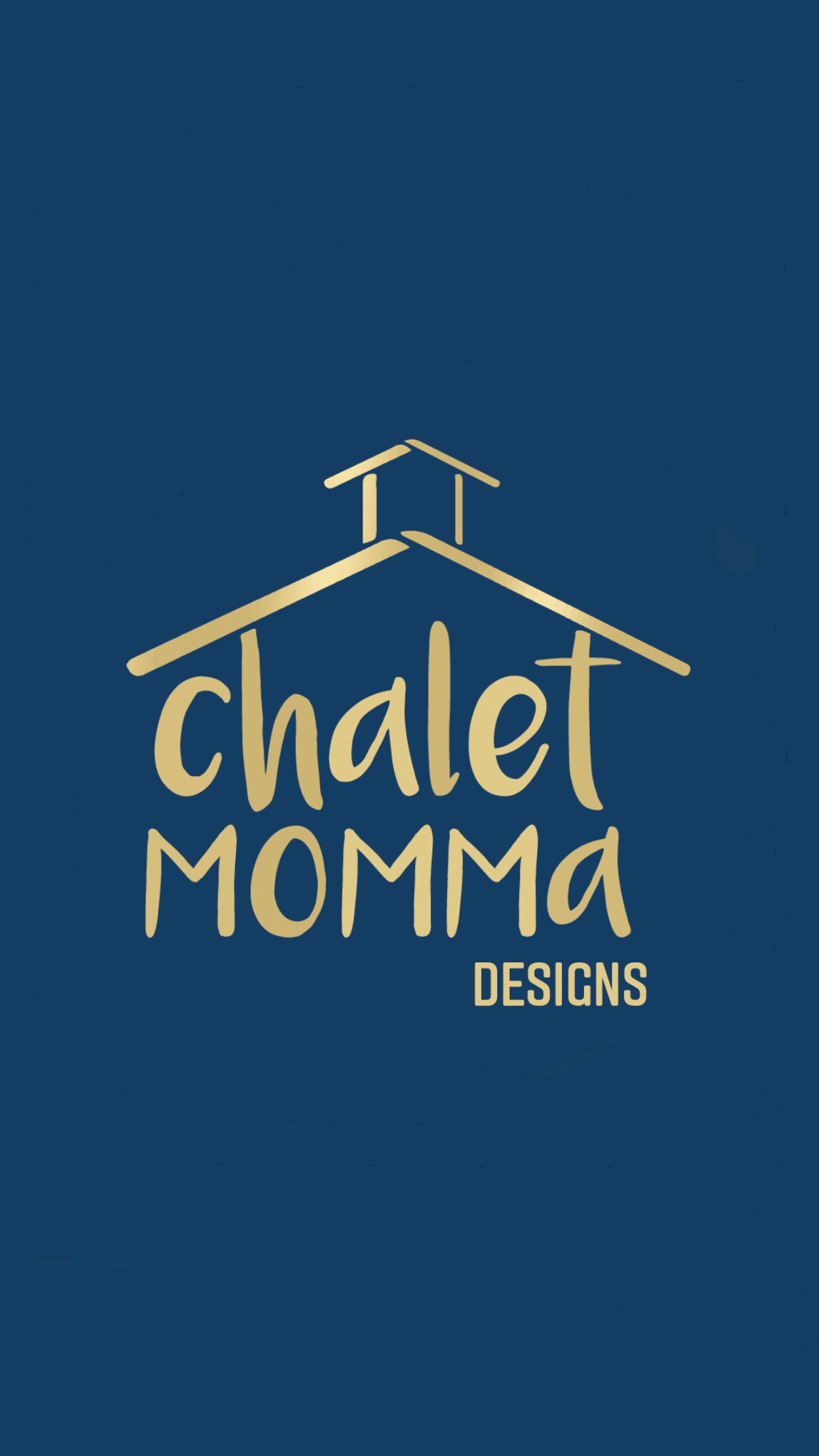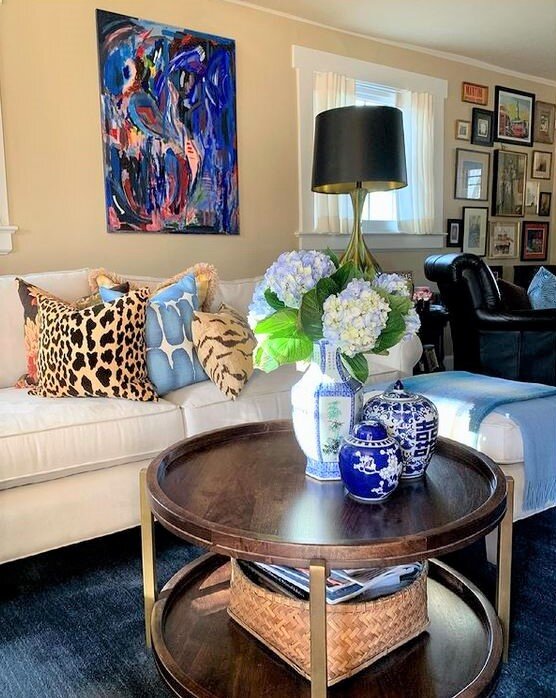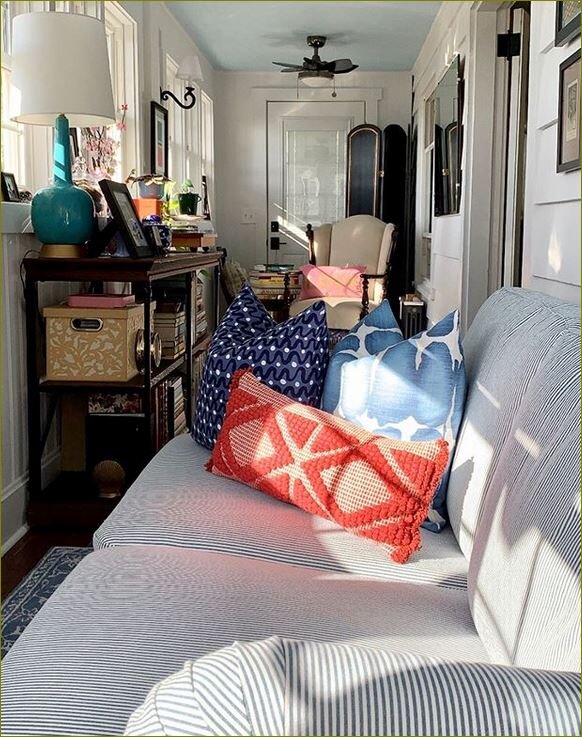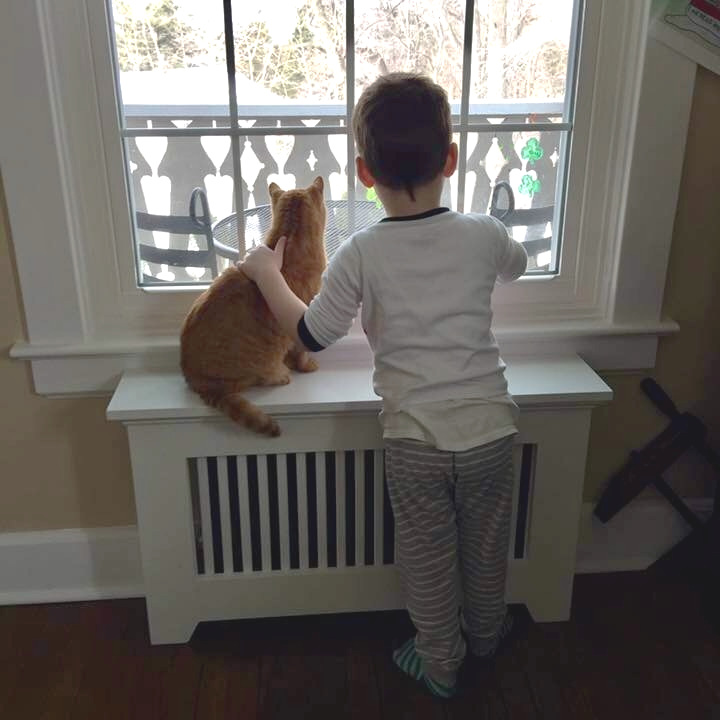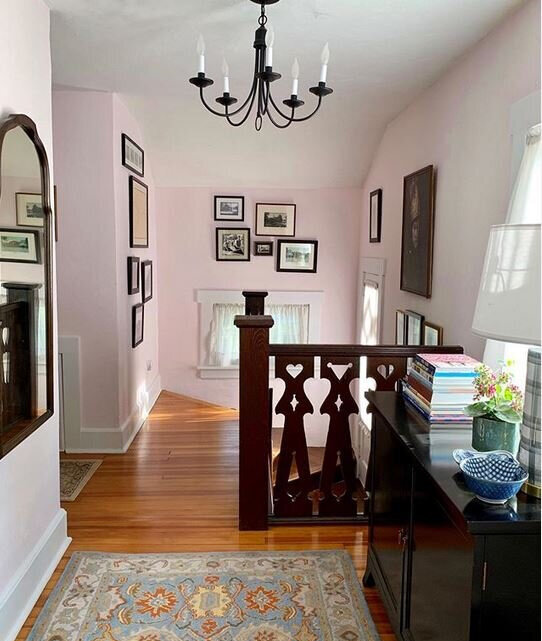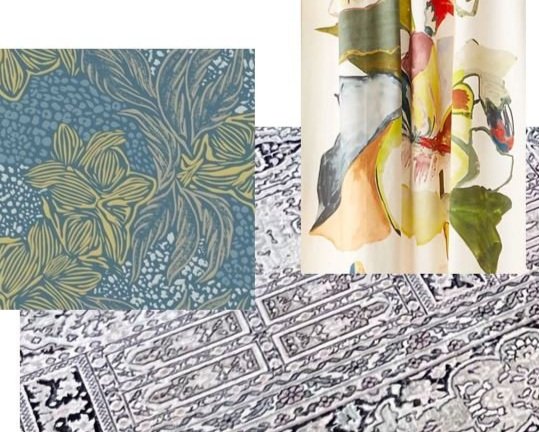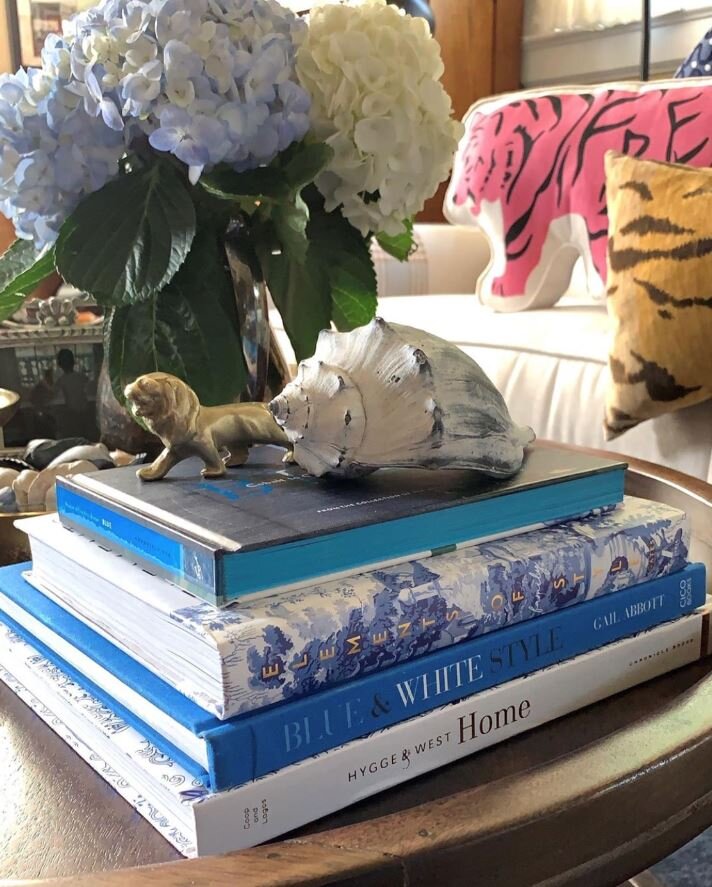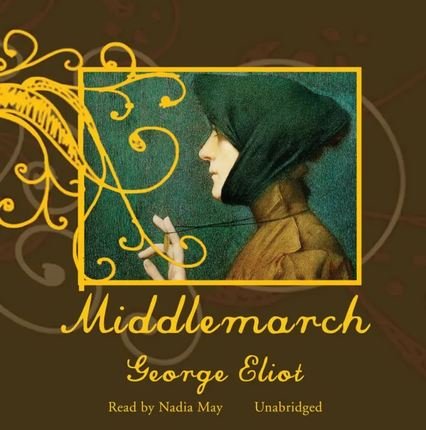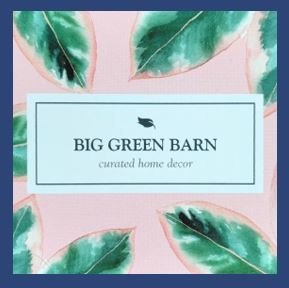Philadelphia Museum of Art (part 1)
/I had the most enjoyable day in Philadelphia with my sister; we were there to visit the Philadelphia Museum of Art with the express purpose of viewing the exhibit: Mary Cassatt At Work. I have linked the works to the institutions who loaned them. Enjoy!
Mary Cassatt was born May 22, 1844 in Allegheny, PA. By the time Mary started school her family was living in Philadelphia. Her father was a successful stockbroker and she grew up comfortably. She traveled as a child and spent time in Europe - she had her first drawing lessons there.
Her family objected to a career as an artist but she attended the Philadelphia Academy of the Fine Arts at age 15. Unfortunately she later lamented "There was no teaching" at the academy. At this time female students could not use live models and they were drawing from casts. Mary decided to end her studies there and after overcoming her father’s objections she moved to Paris in 1865. She applied to study privately with masters from the École des Beaux-Arts, because they didn’t accept women students. She studied with Jean-Léon Gérôme, a highly regarded teacher known for his hyper-realistic technique. In 1868, one of her paintings, A Mandoline Player, was accepted for the first time by the selection jury for the Paris Salon.
Mary returned to Pennsylvania in the summer of 1870 due to the Franco-Prussian War; she lived with her family in Altoona. Her father continued his objections to her chosen profession only agreeing to pay for her basic living expenses and not her art supplies. Mary placed two paintings in a New York City gallery; she found admirers of her work but, no buyers. She was frustrated and contemplating giving up on her art career. In a letter from July 1871 she wrote: "I have given up my studio and torn up my father's portrait and have not touched a brush for six weeks nor ever will again until I see some prospect of getting back to Europe. I am very anxious to go out west next fall and get some employment, but I have not yet decided where."
Mary traveled to Chicago and unfortunately lost some of her early paintings in the Great Chicago Fire. Shortly after she was contacted by Bishop Michael Domenec of Pittsburgh, PA who commissioned her to paint two copies of paintings by Antonio da Correggio in Parma, Italy. In her excitement she wrote, "O how wild I am to get to work, my fingers fairly itch and my eyes water to see a fine picture again".
Within months of returning to Europe Mary’s prospects brightened. Her painting Two Women Throwing Flowers During Carnival was well received in the Salon of 1872 and purchased.
In 1874, she made the decision to take up residence in France and open a studio in Paris. Her sister Lydia joined her and they lived together. Mary saw works by female artists often dismissed by the Jury - if the female artist didn’t have a friend on the Jury. Her cynicism only grew when one of the two pictures she submitted in 1875 was refused entry to the Salon only to be accepted the following year after she darkened the background. And then in 1877 both her entries were rejected. For the first time in seven years Mary did not have any works in the Salon. At this low point in her career she was invited by Edgar Degas to show her works with the Impressionists a group that held their own independent exhibitions in 1874 with much attendant notoriety.
In 1877 Mary’s father, mother and sister Lydia were all in Paris with her sharing a large apartment on the fifth floor of 13, Avenue Trudaine. Cassatt's father insisted that her studio and supplies be covered by her sales, which were still meager. Afraid of having to paint "potboilers" to make ends meet, Mary worked diligently and produced paintings for the next Impressionist exhibition. Three of her most accomplished works from 1878 were Portrait of the Artist (self-portrait), Little Girl in a Blue Armchair, and Reading Le Figaro (portrait of her mother).
Mary displayed eleven works at the 1879 Impressionist exhibit. Mary’s works are known for the fact that women she captures are active participants in her paintings and often her subjects are in private spaces; she raised these scenes to high art. Although by some she was critiqued that her art was too feminine.
The 1890s were Cassatt's busiest and most creative period. Mary supported women's suffrage and in 1915 showed eighteen works in an exhibition supporting the movement organized by Louisine Havemeyer, a committed and active feminist.
After 1900, she concentrated almost exclusively on mother-and-child subjects. Mary was forced to stop painting in 1914 when she became blind due to complications from the various ailments she had been diagnosed with in 1911: diabetes, rheumatism, neuralgia, and cataracts. In 1925 she was featured on 32nd Annual Exhibition of American Art at the Cincinnati Art Museum, together with Louise Woodroofe, Childe Hassam and Robert Henri. Mary died at age 82 on June 14, 1926 outside of Paris, France.
Mary Cassatt used different mediums and in 1890 began a series of color prints demonstrating her close study of Japanese color woodblock prints. Woman Bathing is a print made with Color aquatint, with drypoint from three plates, on off-white laid paper.
Both of the works below are prints made with Color aquatint, with drypoint from three plates
Mary Cassatt (towards the end of her life)
Mary Cassatt was the first American Impressionist. I was thrilled to see so many of her works gathered for this exhibit. Next week I’ll share part 2 of our visit and the other beautiful art and objects I viewed. Until then be well and I’ll see you over on Instagram.
Sources: Philadelphia Museum of Art & Film MARY CASSATT

